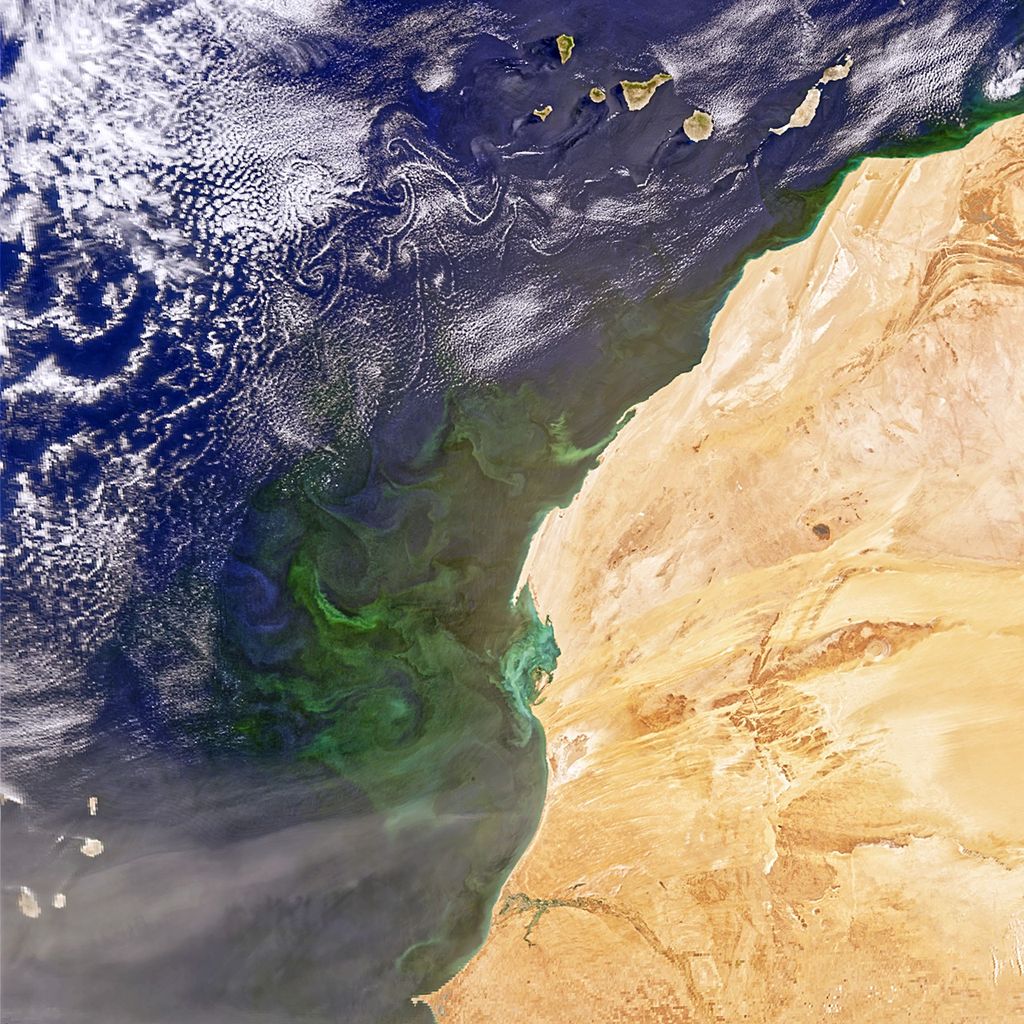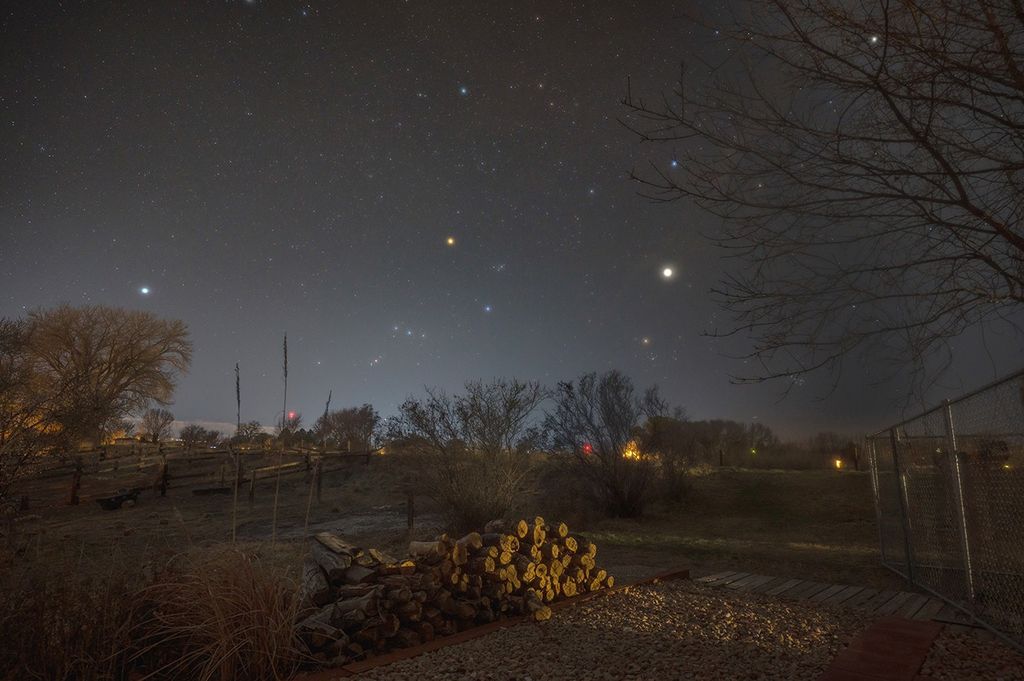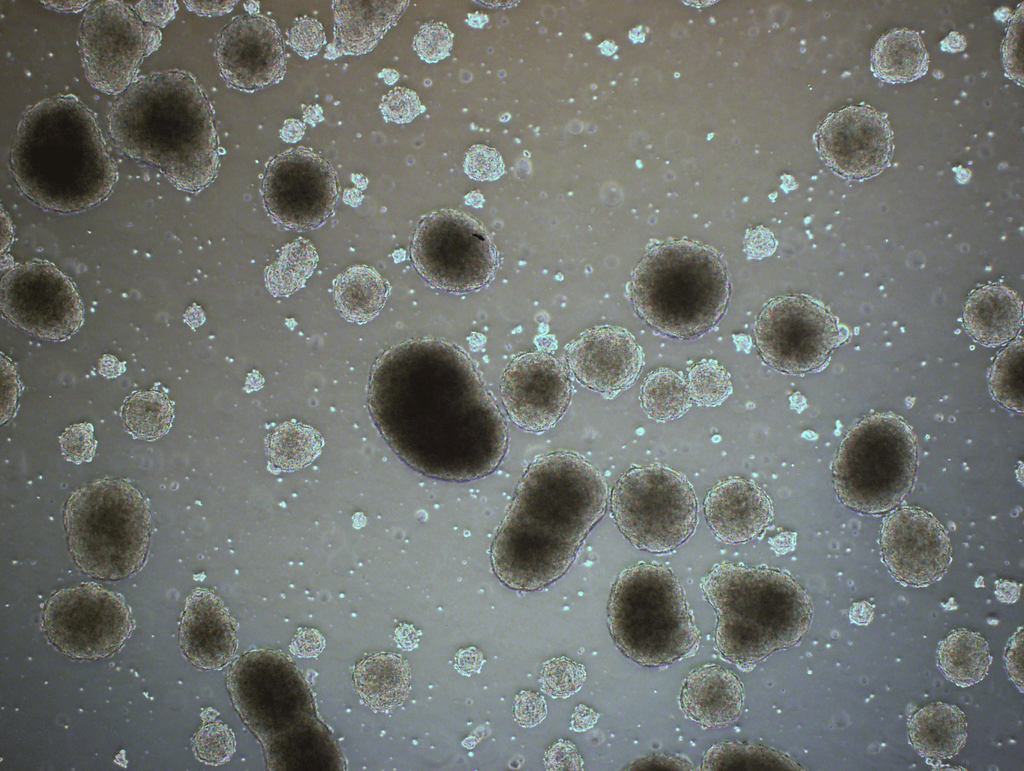Robert Staehle
NASA Jet Propulsion Laboratory
Overview: New Horizons, Voyager 1 & 2, and Pioneer 10 & 11 are the only spacecraft to venture beyond Saturn’s orbit. Each weighed >250 kg (some >>250 kg), cost >FY19$300 M, and required operations teams with 10s of people. All required radioisotope power to operate at Jupiter and beyond. We propose a completely different approach for focused heliospheric science investigations to 125 AU, and potentially farther beyond the heliopause, without need for radioisotopes and their long, expensive launch approval process.
We propose to define a new architecture to enable outer Solar System (OSS) missions at 1/10th the cost and mass, and 1% of the equivalent continuous power level and operations staffing of such missions today. Inspired by the CubeSat revolution in small, low power electronics and miniature instruments, we believe that a small enough mass and launch size is achievable such that these heliopause explorers could be launched as secondary payloads along with primary missions to the OSS, and use Jupiter swingbys to target different sectors of the heliopause.
The objective of our proposed investigation is to a) define an architecture; b) produce one existence-proof-level conceptual design to show the feasibility of low-cost OSS spacecraft; c) define a reference mission consistent with TRL2-3 to use multiple copies of such a spacecraft to perform Solar System-scale 3D mapping of heliophysics parameters; and d) define an enabling technology maturation path to achieve such a mission.
Mission Concept: If the cost of this architecture, its spacecraft and missions is sufficiently low, then significant numbers could be launched onto multiple escape trajectories to provide a truly multidirectional view of the heliopause and the interstellar medium beyond, providing a new understanding of how the heliosphere interacts with the local interstellar medium, and inferring how such interactions take place between other stars and the parts of the interstellar medium in which they reside. During each probe’s travel to the heliopause, measurements could be coupled with those taken in the inner Solar System from other platforms to complete our understanding of how the solar wind propagates in all directions, throughout the solar cycle, by comparing the measurements from different probes at similar distances in different directions from the Sun.
































